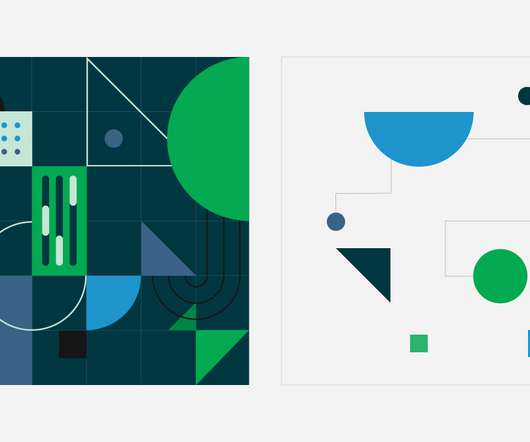Serverless vs containers: Which is best for your application?
CircleCI
MAY 27, 2022
Two of the most widely-used technologies to host these deployments are serverless functions and containers. In this comparison, we will look at some important differentiators between serverless computing and containers and outline some criteria you can use to decide which to use for your next project. What is serverless?

























Let's personalize your content